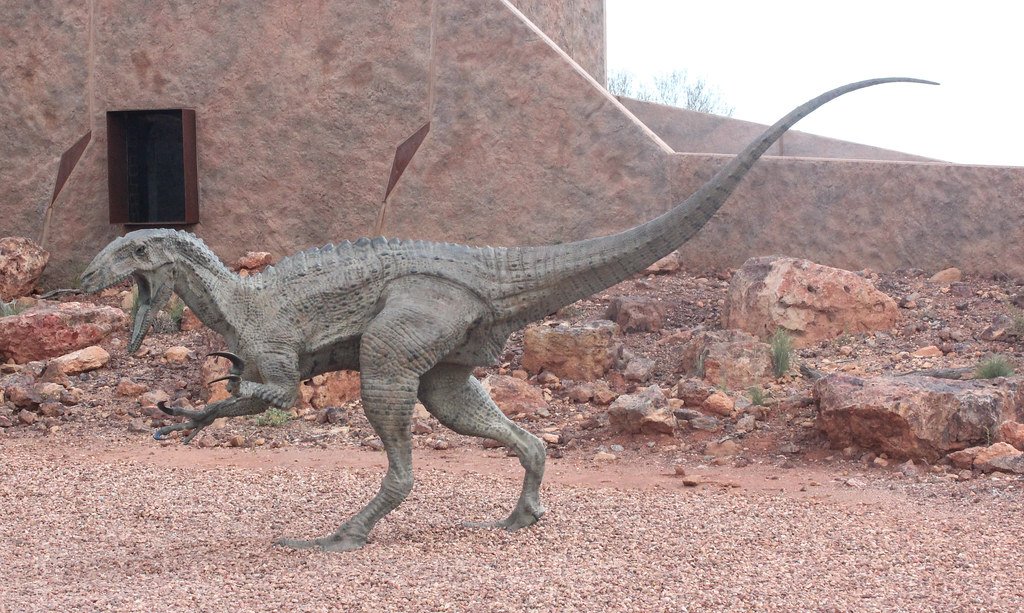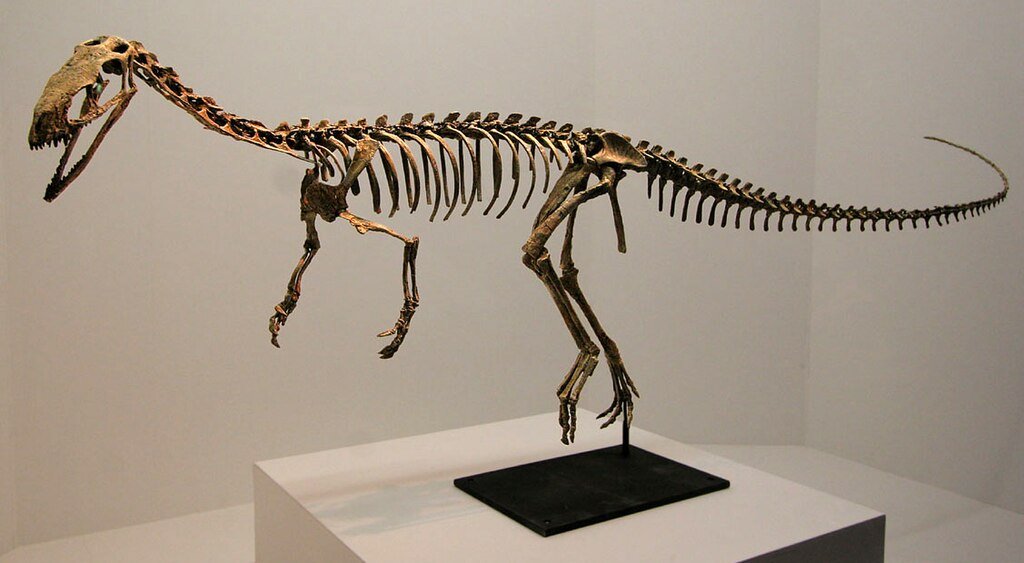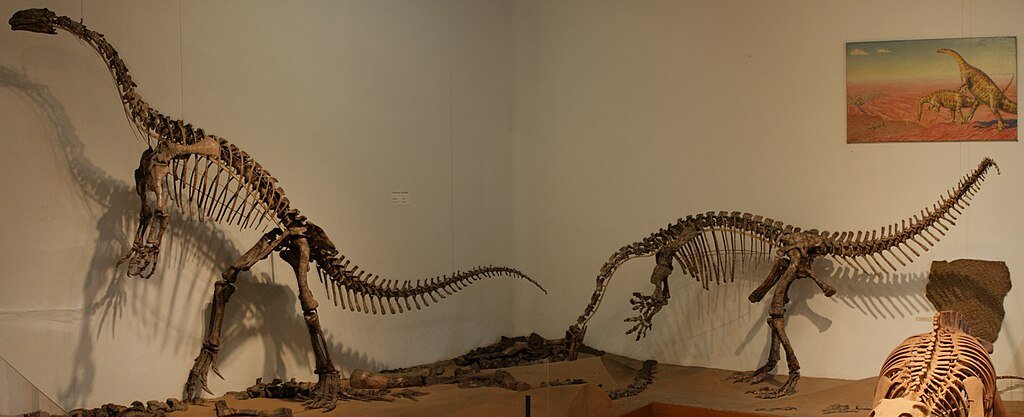Australia’s prehistoric landscapes were once graced by the presence of a remarkable predator known as the Australovenator. Often compared to the more famous Velociraptor, Australovenator offers a fascinating glimpse into the rich tapestry of past ecosystems. Discover how this Australian dinosaur stands as a key figure in understanding the continent’s unique prehistoric fauna.
Unearthing the Past

The Australovenator, a name meaning “southern hunter,” was first introduced to the world in 2009 following its discovery in the Winton Formation in Queensland, Australia. This significant find by Dr. Scott Hocknull and his team provided the first glimpse into a carnivorous dinosaur that roamed Australia during the mid-Cretaceous period, about 100 million years ago. The fossil remains, dubbed ‘Banjo’ after Australian poet Banjo Paterson, offered valuable insights into the continent’s ancient habitability.
Physical Characteristics

The Australovenator was a medium-sized theropod, estimated to be about 2 meters tall and 6 meters long. Characterized by its sleek and agile build, it possessed a lightweight skeleton that allowed rapid movement. The creature’s most defining features included long, powerful legs and sharp, curved claws on its forearms, which were likely used for grasping prey, reminiscent of the iconic Velociraptor.
Diet and Hunting Techniques

As a carnivorous dinosaur, the Australovenator presumably preyed on smaller dinosaurs and other contemporary creatures. Its agile body structure suggests it was a fast runner, possibly capable of ambushing its prey with sudden bursts of speed, then using its formidable claws to capture and subdue.
Ecological Role

The presence of Australovenator in Australia sheds light on its role as a top predator in its ecosystem. Its existence hints at a complex food web, where it likely competed with other theropods and possibly even scavenged remains from other carnivores’ kills, ensuring a balance within the habitat.
Comparison with Velociraptor

While Australovenator and Velociraptor shared certain evolutionary traits, notable distinctions exist between the two. Unlike its Mongolian counterpart, the Australovenator was significantly larger in size and likely inhabited environments vastly different from the desert-like conditions Velociraptors faced. Additionally, advancements in paleontological techniques reveal that Australovenator may have had a more advanced musculature, supporting greater speeds in pursuit of prey.
Paleontological Significance

The discovery of Australovenator has significantly enriched our understanding of Gondwanan theropods, contemporaries of the Laurasia-dominant dinosaurs. This find highlights the diversity of theropods in what would eventually become Australia and contributes to global knowledge regarding Cretaceous fauna evolution.
Australovenator and Modern Science

Beyond its significance within paleontology, the Australovenator has captivated the public’s imagination. It has inspired educational exhibits and resources, offering individuals a tactile connection to Australia’s prehistoric heritage. The dinosaur’s reconstruction and display serve not only as scientific veracity but as an incredible visual narrative to inspire future generations of paleontologists.
Concluding Thoughts

The Australovenator stands as a compelling testament to Australia’s ancient biodiversity. As a relic of a forgotten era, it continues to pique the curiosity of scientists and the general public alike. Each new discovery continues to update our picture of life on a primeval Earth, enriching our comprehension of evolution and the dynamic history of life on our planet.
Australovenator exemplifies the rich prehistoric tapestry of Australia, drawing direct lines to its ecological past and offering a basis for appreciating the vast expanse of natural history. As studies of this ‘southern hunter’ continue, it remains a pivotal subject in the ongoing saga of paleontological discovery.




